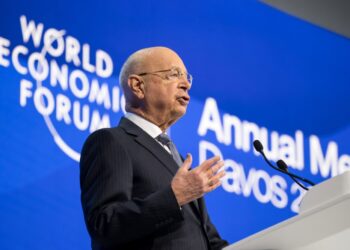On Monday, a group of some of the biggest oil producers in the world decided to reduce their output somewhat starting next month, shocking the energy markets at a time when they were already in a lot of turbulence.
The key energy alliance known as OPEC+, which consists of OPEC and non-OPEC allies, resolved to reduce output targets starting in October by around 100,000 barrels per day.
Energy analysts had generally anticipated that the corporation will stick to its production strategy.
OPEC+ decided to increase oil production by just 100,000 barrels per day last month. The meagre increase was generally perceived as a rejection of U.S. Vice President Joe Biden, who had travelled to Saudi Arabia to urge the OPEC leader to increase production in order to lower prices and support the world economy.
The decision to return to August production levels on Monday, according to OPEC+, was made since the upward adjustment was “planned just for the month of September.” The following OPEC+ gathering is slated on October 5.
On Monday, the price of oil went substantially higher. At 3 pm local time, international benchmark Brent crude futures increased by 3.9% to $96.6, while U.S. West Texas Intermediate futures increased by almost 4% to $90 per barrel.
Since early June, oil prices have decreased by about 25% after reaching multi-year highs in March. Growing worries that interest rate increases and COVID-related limitations in some parts of China could impede global economic growth and reduce oil demand have contributed to the decrease.
The OPEC+ decision on Monday comes amid an intense and intensifying energy disagreement between the West and Russia, which has many people in Europe extremely worried about the possibility of a recession and a winter gas shortage.
Market investors are currently keeping a careful eye on the possibility of an increase in the supply of Iranian oil if Tehran is successful in obtaining a revised version of the 2015 nuclear agreement.



















